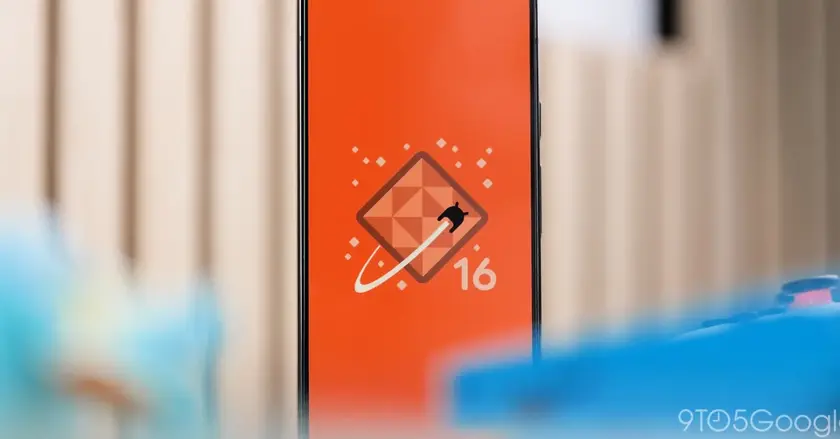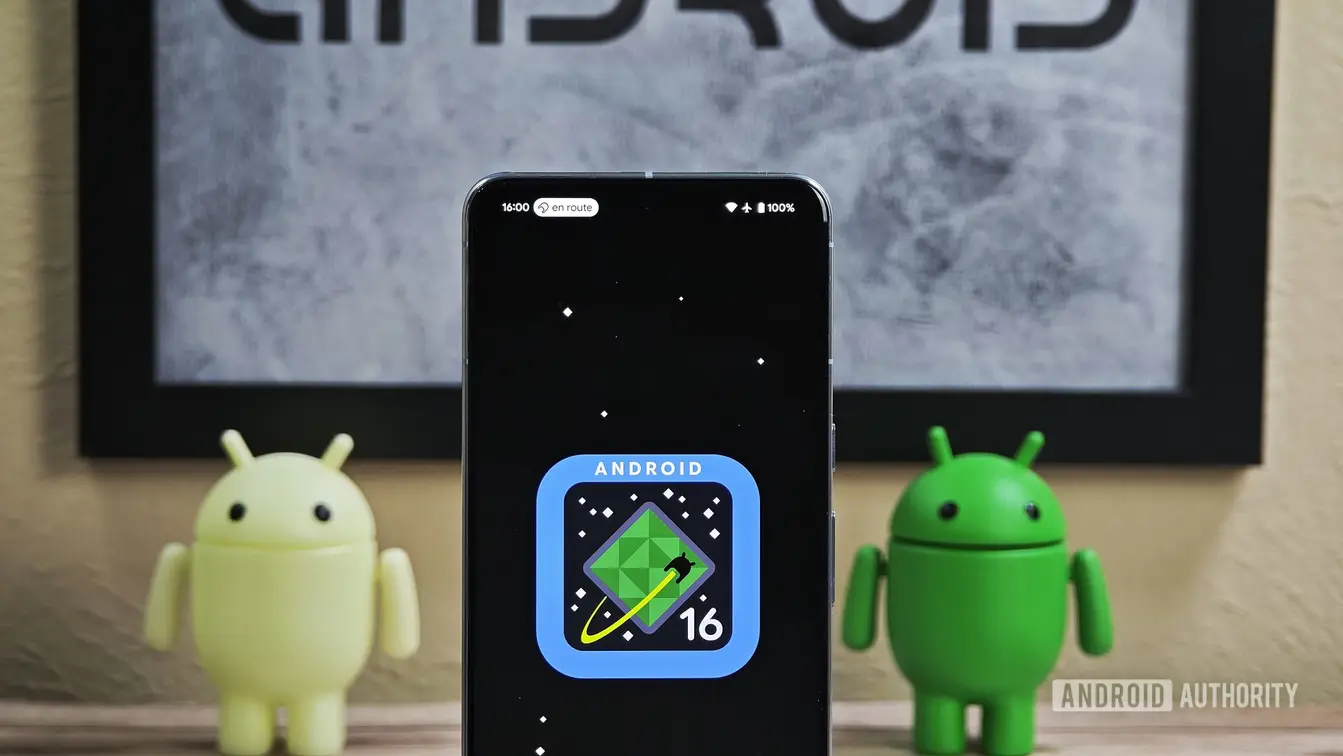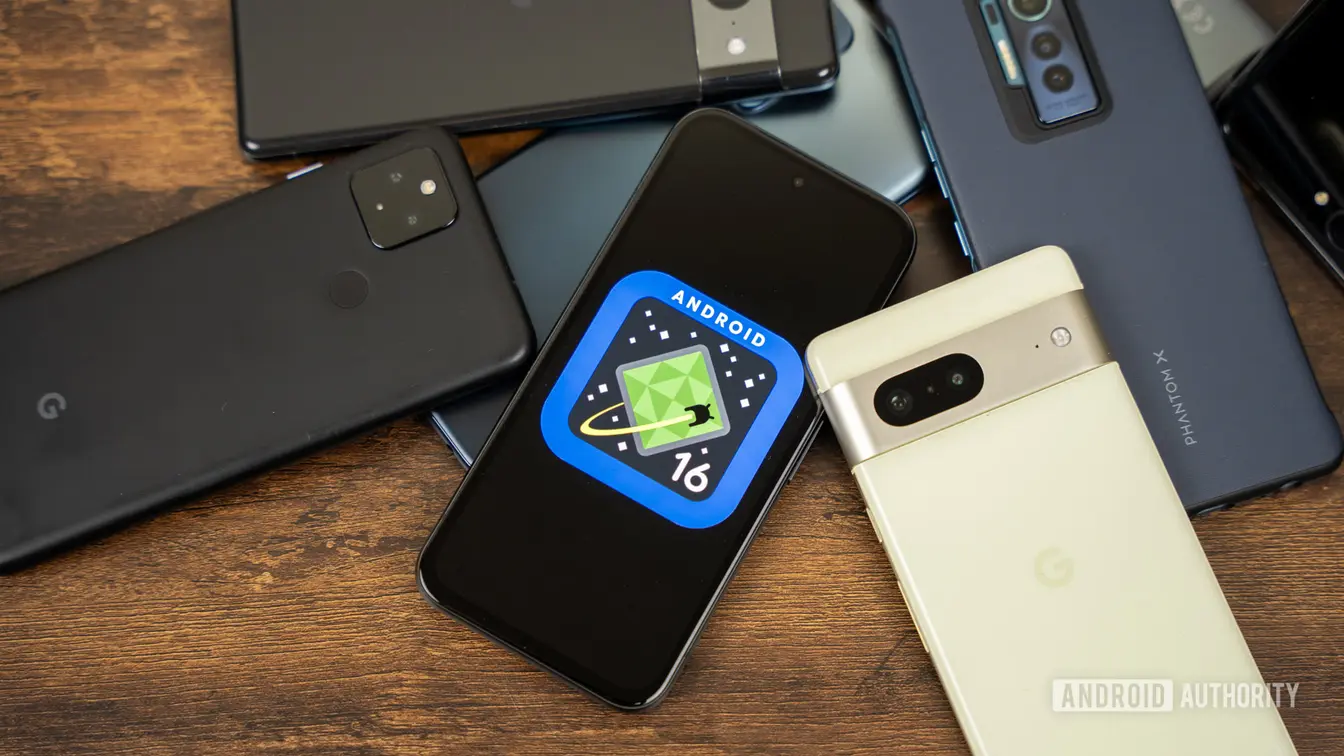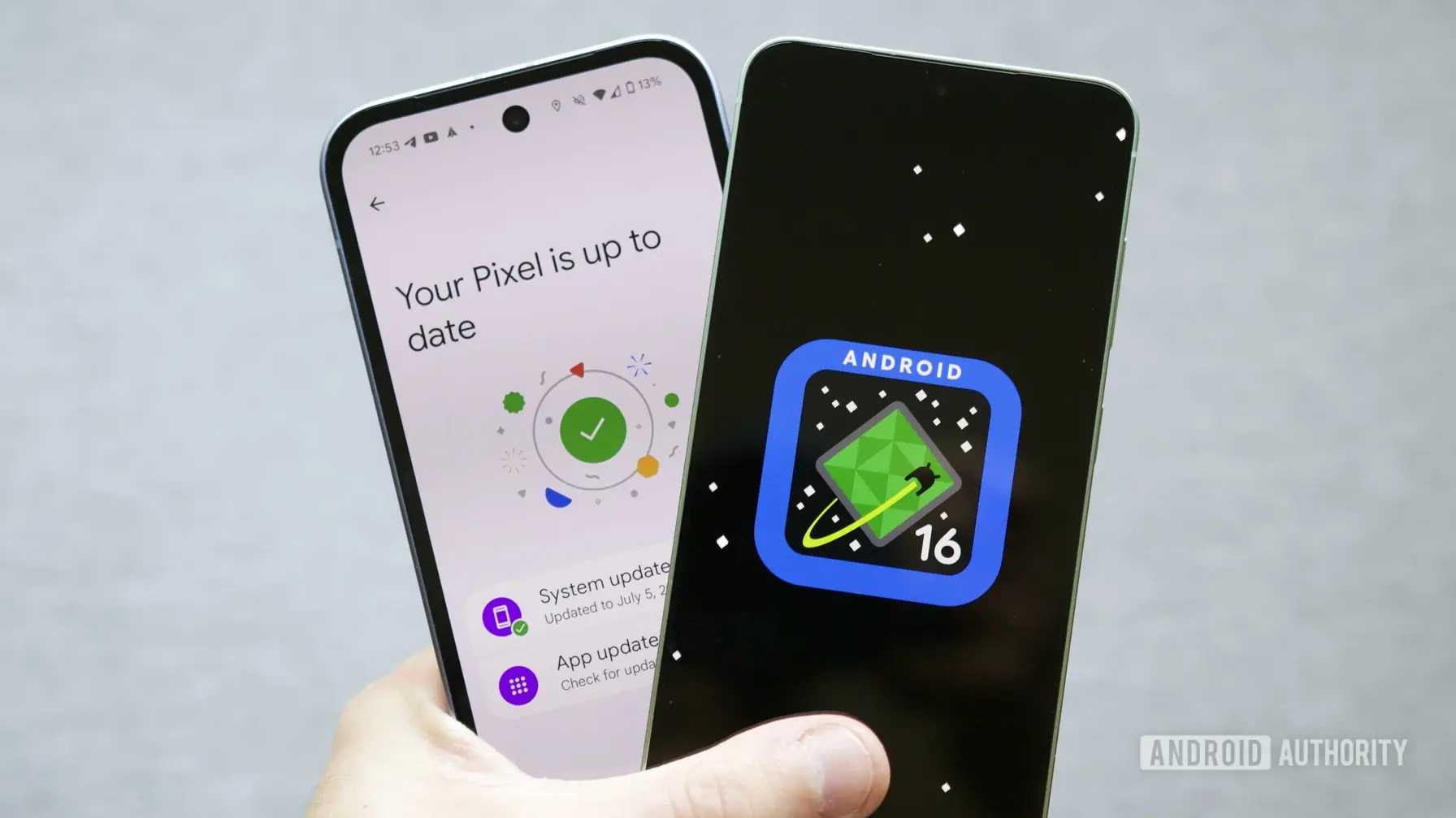T4K3.news
Pixel Android 16 QPR1 update
Material 3 Expressive and desktop mode arrive with Live Updates and Auracast on Pixel devices
Android 16 QPR1 introduces a bold UI overhaul, a previewed desktop mode, Live Updates, and Auracast across Pixel devices.
Pixel Android 16 QPR1 delivers Material 3 Expressive and desktop mode
Google announced the September 2025 Pixel Drop, delivering Android 16 QPR1 with a bold Material 3 Expressive design. The update reimagines the UI with new physics-based animations, colorful icons, and blurred backgrounds across notifications, settings, and the status bar. A key addition is a desktop mode that mirrors desktop OS behavior on external displays for Pixel devices that support USB-C output, though it remains in developer preview and must be enabled in Settings to try.
Other highlights include Live Updates to keep important information visible on the status bar and lock screen, Auracast for Bluetooth audio sharing on compatible devices, and reorganized quick settings. On tablets, the changes translate into a more capable taskbar, new pinning shortcuts, and three-finger gestures for touchpads, which together push Android closer to a laptop-like workflow.
Key Takeaways
"Material 3 Expressive feels like a genuine UI shakeup"
Editorial view on the design change
"Desktop Mode could redefine how Pixel users work"
Highlighting the desktop feature
"Auracast makes audio sharing simpler and more reliable"
Describing Bluetooth audio sharing
"Live Updates may change how we notice important info"
Impact on notifications and visibility
Google appears to hinge its future on a single idea: make Android feel more like a universal operating system rather than a collection of separate surfaces. The Material 3 Expressive overhaul is visually striking, but its real test will be consistency across apps and accessibility settings. The desktop mode hints at a long-term strategy to blur the line between phone and PC, but it also raises questions about performance, app compatibility, and user training.
Another risk is feature rollout. Auracast and Live Updates are compelling but dependent on hardware and developer support. If Google moves too slowly or the ecosystem resists, users may see a split between devices and apps. Still, the update communicates a clear direction: Android is chasing productivity and continuity without sacrificing the phone-first experience.
Highlights
- Material 3 Expressive feels like a genuine UI shakeup
- Desktop Mode could redefine how Pixel users work
- Auracast makes audio sharing simpler and more reliable
- Live Updates may change how we notice important info
The update signals Google’s drive to merge mobile and desktop workflows for better or worse.
Enjoyed this? Let your friends know!
Related News
Google launches Android 16 QPR1 Beta 3 for Pixel

Android 16 QPR1 update available

Android 16 Beta 3.1 rolling out

Android 16 QPR1 Beta 3.1 released

Android 16 QPR1 Beta 3 released with new features
Pixel 10 receives September 2025 patch
Pixel gets a broader UI and audio push
Android 16 QPR2 Beta 1 rolls out for Pixel
